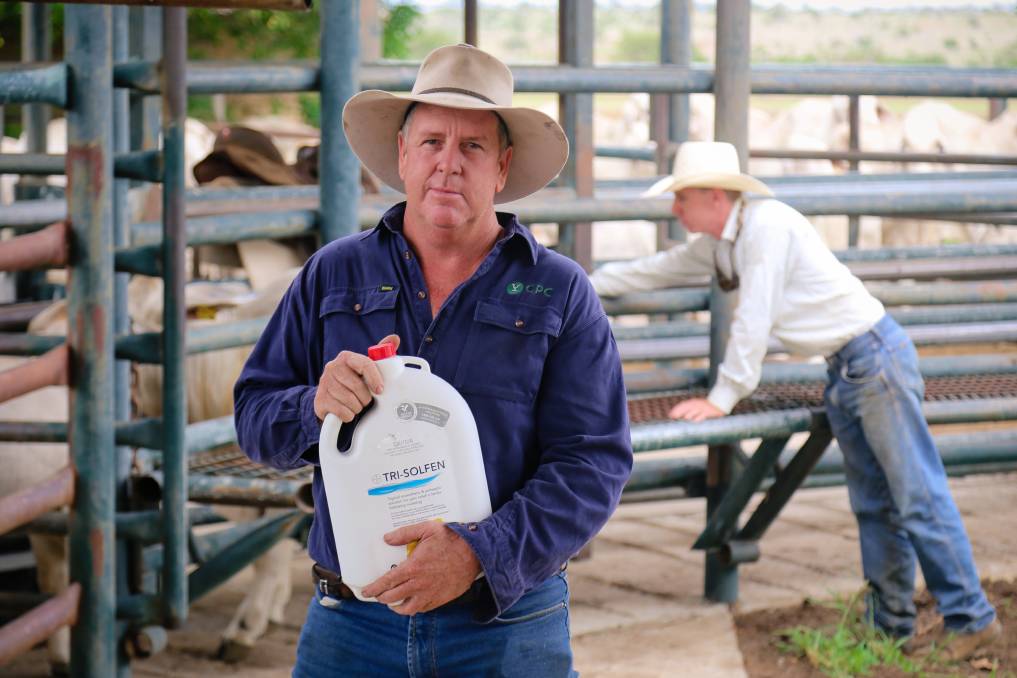Pork Producers responding to Consumer Welfare Concerns
April 3, 2014
Novak: New pig welfare code shows ‘extremists’ wrong (Alberta Farmer Express)
Frank Novak says new guidelines on pain mitigation and gestation ?stalls show pork producers are responding to concerns.
New rules phasing out gestation stalls and requiring pain medication for castration are proof pork producers are responding to consumer concerns, says the chair of Alberta Pork.
“We think it’s an important thing to have, and if we follow the code, we’ll have to deal with less random outside influence, if you will,” said Frank Novak.
“We need to have this document and this process so we can talk about production and defend ourselves from extremists.”
Most producers are already moving towards the practices enshrined in the new Code of Practice for the Care and Handling of Pigs created by the National Farm Animal Care Council, said Darcy Fitzgerald, executive director of Alberta Pork.
Although the code is only a guideline, producers will need to follow it to part of the Canadian Quality Assurance program.
Castration changes
Changes to castration practices go into effect immediately. Pigs castrated after 10 days of age will require anesthetic and analgesic to control pain, a rule that will expand to swine of any age by July 1, 2016. Pain mediation is also now required for tail docking on piglets more than seven days old, and will expand to all piglets regardless of age by July 1, 2016.
Those rules will also add to the workload of producers and increase costs because pain mitigation medication for swine hasn’t been available or used by producers in the past, said Novak.
“By 2016, we’re going to have to figure out how we’ll do it, how it will work, and what it will actually cost in the barn,” he said. “We don’t even have all those answers.”
Even the new requirements for “animal enrichment,” which includes toys and activities for the animals, aren’t straightforward. READ MORE
